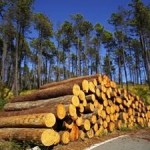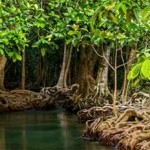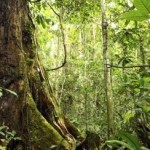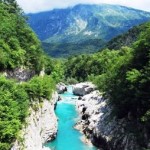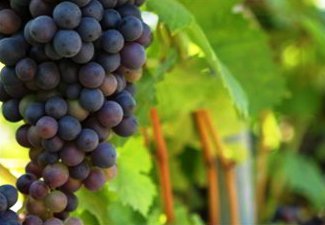 Arlington, Virginia – Could your merlot be growing alongside the moose of Yellowstone National Park soon or in prime panda habitat in China?
Arlington, Virginia – Could your merlot be growing alongside the moose of Yellowstone National Park soon or in prime panda habitat in China?
A new study by a team of international researchers and led by Conservation International suggests that it could. Their key finding: climate change will dramatically impact many of the most famous wine-producing regions in the world today and prompt the opening of new areas to wine production in unusual places, which would likely degrade or put pressure on the critical natural capital and ecosystems that support species and human well-being.
The study appeared on April 8 in the journal Proceedings of the National Academy of Sciences (PNAS) and is the first ever world-wide analysis of the impacts of climate change on wine production and conservation. It found that the area suitable for wine production will shrink by as much as 73% by 2050 in certain parts of the globe, with high potential for stress on rivers and other freshwater ecosystems as vineyards use water to cool grapes or irrigate to compensate for rising temperatures and declining rainfall.
Dr. Lee Hannah, lead author and Senior Scientist for Climate Change Biology at Conservation International’s new Betty and Gordon Moore Center for Ecosystem Science and Economics, said, “Climate change is going to move potential wine-producing regions all over the map. These global changes put the squeeze on wildlife and nature’s capacity to sustain human life in some surprising places. Consumer awareness, industry and conservation actions are all needed to help keep high quality wine flowing without unintended consequences for nature and the flows of goods and services it provides people. This is just the tip of the iceberg – the same will be true for many other crops.”
The researchers looked at nine major wine producing areas within the first global map of future wine making using multiple models of wine suitability. The areas analyzed in more details are: California, Western North America, Chile, Mediterranean Europe, Northern Europe, Cape Floristic region of South Africa, parts of Australia with Mediterranean climate, parts of Australia with non-Mediterranean climate and New Zealand.
Another key finding from the study is that new areas will become more productive, including parts of Western North America and Northern Europe. These places at higher latitudes and higher elevations will become increasingly suitable for wine making and sought after by vineyards as they search for the climatic conditions that are ideal for wine grape growing.
This will have implications for conservation of wildlife and ecosystems in regions as diverse as the Rocky Mountains around Yellowstone National Park and Central China, where new vineyard suitability will open in the habitat of the endangered giant panda. Mature, producing vineyards have long-lasting effects on habitat quality for native species as they involve, for instance, removal of natural vegetation, spraying of chemicals and use of fences. According to the study, the greatest area of increasing wine production suitability is in the Rocky Mountains near the Canadian-US border, putting at risk species such as the grizzly bear (Ursus arctos), gray wolf (Canis lupus) and pronghorn (Antilocapra americana).
“Climate change will set up competition for land between agriculture and wildlife – wine grapes are but one example. This could have disastrous results for wildlife. Fortunately, there are pro-active solutions. We are creating incentive-based programs with private land-owners to provide wildlife habitat as we expand our capacity to feed a growing planet in the future under a changing climate.” said co-author Dr. Rebecca Shaw, a climate scientist and Associate Vice President for the Environmental Defense Fund’s Land, Water and Wildlife program.
Solutions
The authors concluded that wine grapes are symbolic of a wide variety of crops whose geographic shifts in response to climate change will have substantial implications for conservation, and that adaptation strategies are urgently needed to maintain productivity and to minimize impacts on terrestrial and freshwater ecosystems.
Among their key recommendations are:
- Joint planning of vineyard expansion between business managers and conservationists to avoid areas of high environmental importance;
- Investment in new varieties of grapes that offer similar flavours but with altered climate tolerances;
- Consumer awareness (by purchasing bottles with natural cork, and from vineyards that adopt sustainable practices).
Patrick Roehrdanz of the Bren School of the University of California at Santa Barbara, one of the study authors, said, “Consumers can do their part by purchasing wine from vineyards that participate in programs like the California Sustainable Winegrowing Alliance or the South African Biodiversity and Wine Initiative, and through supporting organizations that are dedicated to finding solutions such as Vinecology, Conservation International or the Environmental Defense Fund.”
Click here to read/download the Full Study.
Source: Conservation International.


